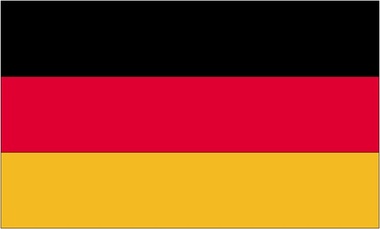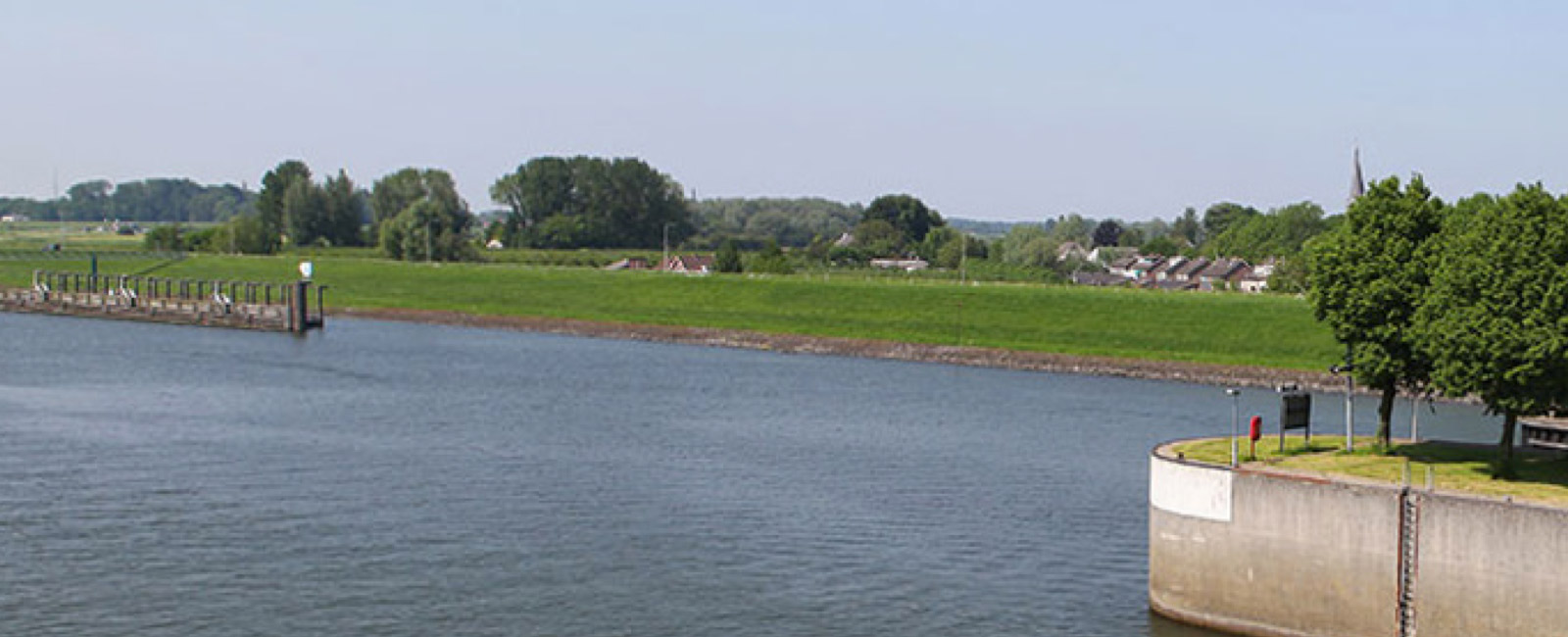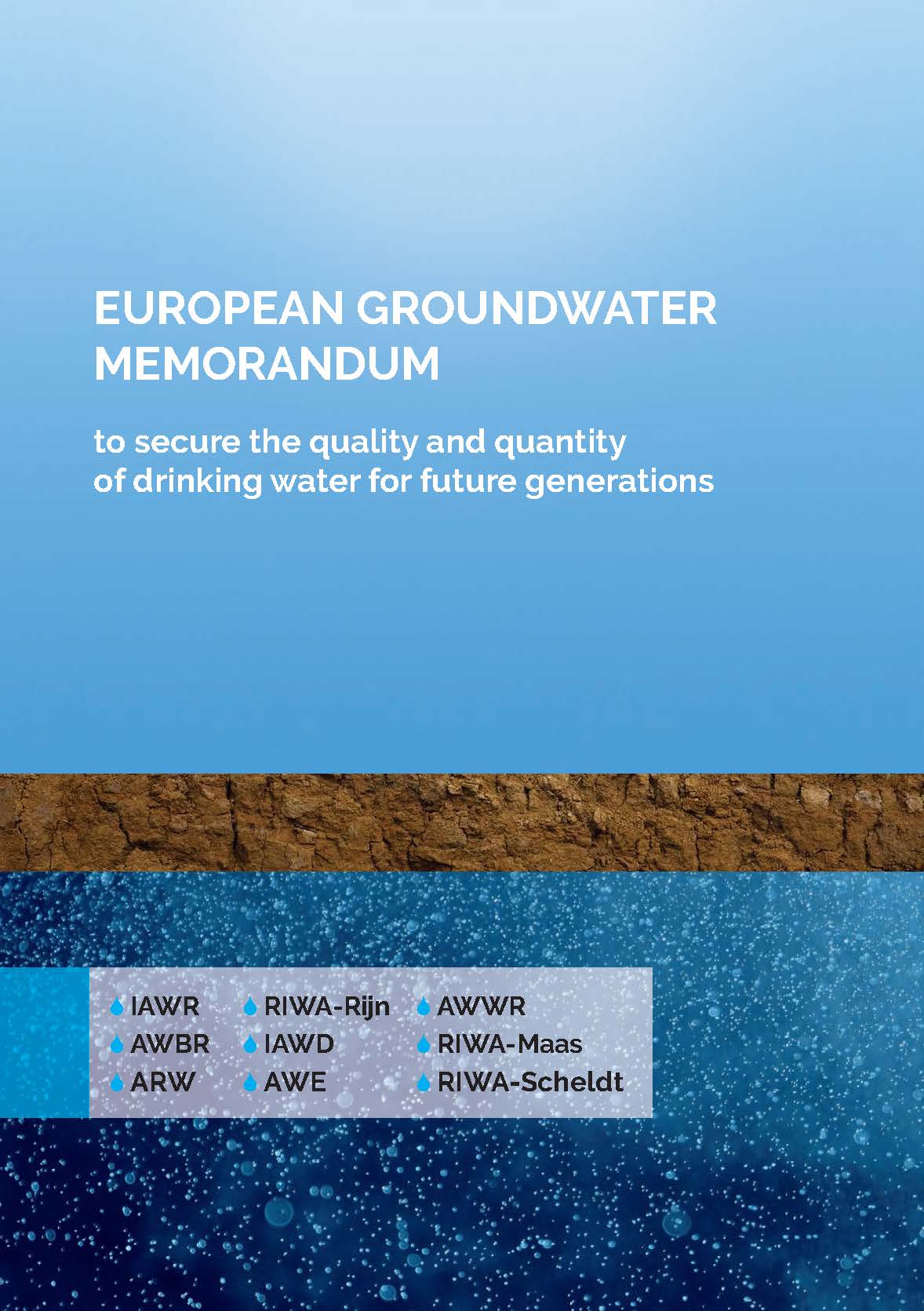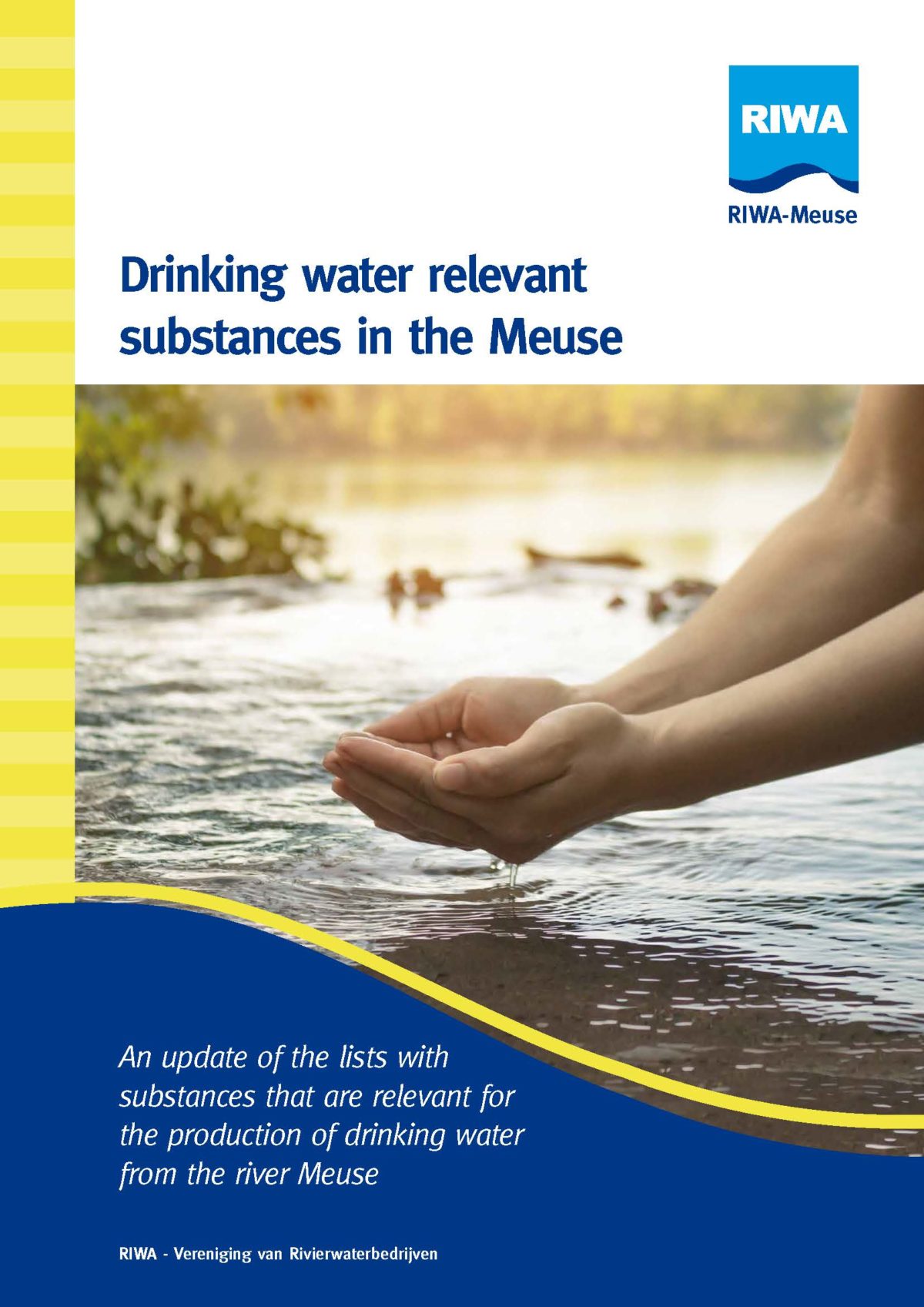RIWA-Meuse represents the interests of the drinking water companies in Belgium and the Netherlands that use the River Meuse as a source for their drinking water production. RIWA-Meuse aims for clean water in the river Meuse to guarantee the sustainable supply of impeccable drinking water. For this reason, RIWA-Meuse closely monitors the quality of the Meuse water and, where necessary, advocates improvement of the water quality. In 2007 RIWA-Meuse began to focus on specific substances which are relevant for the production of drinking water.
The goal of this study is to evaluate and update the current lists of (1) drinking water relevant and (2) candidate drinking water relevant substances. Substances are considered as relevant if they fulfil a fixed set of criteria concerning i.e. their detection frequency, occurrence in concentrations above the ERM target value, (potential) removal by water treatment, toxicity, odour/taste threshold and public perception. To check if a substance fulfils the criteria monitoring data has to be available. Substances that are expected to be present in the Meuse, but are not monitored yet, are marked as candidate relevant substances. The criteria used for determining the relevance of substances for drinking water production have evolved over the years.
One of the adaptations in this evaluation is the splitting of the candidate list in A) a list of substances that a are known to be present in the Meuse and are recommended for monitoring with a target analysis and B) a list that contains the substances that will first be monitored with a screening method (since this is more practical quickly screen if a substance is present or not). This means the following lists are now used:
• List 1 – Drinking water relevant compounds
• List 2 – Candidate drinking water relevant compounds
A – Recommended for monitoring with a target analysis
B – Recommended for monitoring with a screening technique
• List 3 – No longer drinking water relevant compounds
The evaluation was performed based on measurement data from the monitoring stations and intake points along the Meuse in the period 2016-2020. New candidate drinking water relevant compounds are identified based on a literature study and screening data.
IDF2768-RIWA MAAS-Rapport DRS 2021







